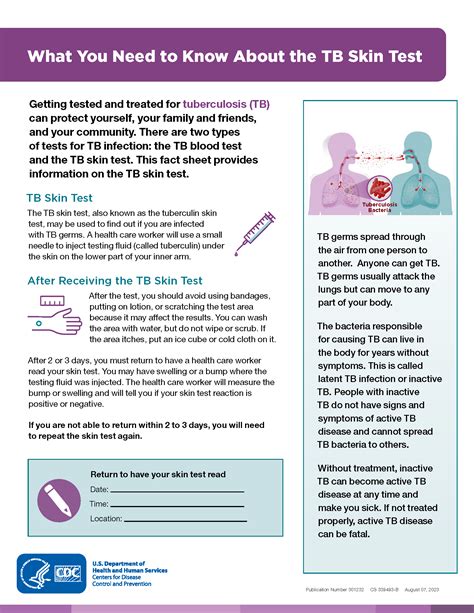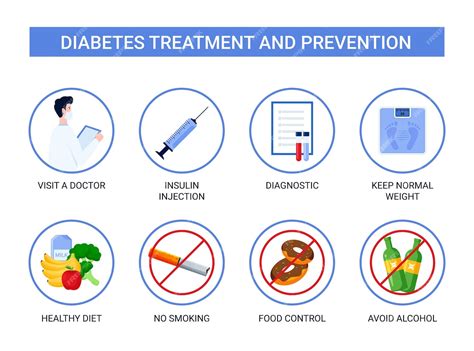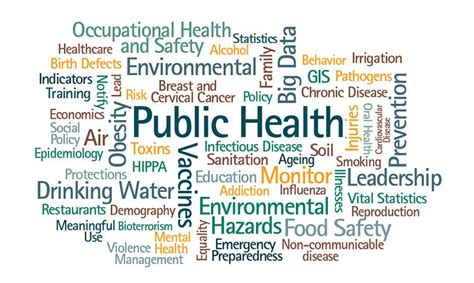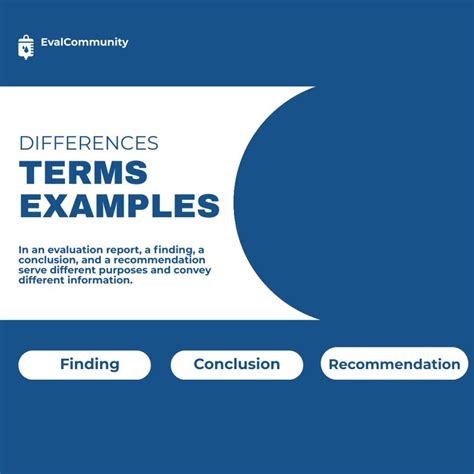Intro
Discover what a TB positive skin test result means, including tuberculosis diagnosis, latent TB infection, and treatment options, to understand your health status and next steps.
The tuberculin skin test, also known as the Mantoux test, is a widely used diagnostic tool to detect latent tuberculosis (TB) infection. A positive skin test result can have significant implications for an individual's health and treatment. In this article, we will delve into the world of TB, its diagnosis, and the significance of a positive skin test result.
TB is a bacterial infection caused by Mycobacterium tuberculosis, which primarily affects the lungs but can also affect other parts of the body. According to the World Health Organization (WHO), TB is one of the top 10 causes of death worldwide, with approximately 1.5 million deaths annually. The tuberculin skin test is an essential tool in the diagnosis of latent TB infection, which can help prevent the development of active TB disease.
A positive skin test result indicates that an individual has been infected with TB bacteria at some point in their life. However, it does not necessarily mean that they have active TB disease. The skin test works by injecting a small amount of tuberculin, a mixture of antigens derived from TB bacteria, into the skin. If the individual has been infected with TB, their immune system will react to the antigens, causing a localized skin reaction.
Understanding the Tuberculin Skin Test

The tuberculin skin test is a relatively simple procedure that involves injecting 0.1 mL of tuberculin into the skin of the forearm. The test is usually performed by a healthcare professional, and the results are read 48-72 hours after the injection. The skin reaction is measured in millimeters, and the results are interpreted based on the individual's risk factors and medical history.
Interpreting Skin Test Results
The interpretation of skin test results is crucial in determining the presence of latent TB infection. The results are categorized into three main groups: * 0-4 mm: Negative result, indicating that the individual is unlikely to have latent TB infection. * 5-9 mm: Indeterminate result, which may require further testing or evaluation. * 10 mm or more: Positive result, indicating that the individual has been infected with TB bacteria.Significance of a Positive Skin Test Result

A positive skin test result has significant implications for an individual's health and treatment. It indicates that they have been infected with TB bacteria, which can progress to active TB disease if left untreated. The risk of developing active TB disease is higher in individuals with certain risk factors, such as:
- HIV/AIDS
- Diabetes
- Kidney disease
- Cancer
- Malnutrition
Risk Factors for Active TB Disease
Individuals with a positive skin test result and certain risk factors may require further evaluation and treatment to prevent the development of active TB disease. The risk factors can be categorized into two main groups: * Immunosuppressive conditions, such as HIV/AIDS, diabetes, and kidney disease. * Other conditions, such as cancer, malnutrition, and substance abuse.Treatment and Prevention

Treatment and prevention of latent TB infection are crucial in preventing the development of active TB disease. The treatment typically involves a course of antibiotics, such as isoniazid, for 6-9 months. The treatment is usually supervised by a healthcare professional to ensure compliance and monitor for any side effects.
Preventive Therapy
Preventive therapy is essential in preventing the development of active TB disease in individuals with latent TB infection. The therapy typically involves: * Isoniazid monotherapy for 6-9 months. * Rifampin-based therapy for 3-4 months. * Combination therapy with isoniazid and rifampin for 3-4 months.Public Health Implications

The public health implications of a positive skin test result are significant. It highlights the need for:
- Contact tracing and screening of individuals who have been in close contact with the infected person.
- Community-based initiatives to promote TB awareness and prevention.
- Collaboration between healthcare providers and public health agencies to ensure timely diagnosis and treatment.
Global Efforts to Combat TB
The global efforts to combat TB are crucial in reducing the burden of the disease. The WHO has set a goal to end the TB epidemic by 2035, and it requires a coordinated effort from governments, healthcare providers, and communities.Challenges and Limitations

Despite the advances in TB diagnosis and treatment, there are several challenges and limitations that need to be addressed. These include:
- Limited access to healthcare services in resource-poor settings.
- Stigma and discrimination against individuals with TB.
- Limited funding for TB research and development of new diagnostic tools and treatments.
Future Directions
The future directions for TB research and development are promising. These include: * Development of new diagnostic tools, such as rapid molecular tests. * Development of new treatments, such as shorter and more effective regimens. * Improvement of healthcare services and access to care in resource-poor settings.Conclusion and Recommendations

In conclusion, a positive skin test result has significant implications for an individual's health and treatment. It highlights the need for further evaluation and treatment to prevent the development of active TB disease. The public health implications are significant, and it requires a coordinated effort from healthcare providers, public health agencies, and communities to combat TB.
We recommend that individuals with a positive skin test result:
- Seek medical attention and follow the recommended treatment regimen.
- Practice good hygiene and infection control measures to prevent the spread of TB.
- Support community-based initiatives to promote TB awareness and prevention.
What is the significance of a positive skin test result?
+A positive skin test result indicates that an individual has been infected with TB bacteria, which can progress to active TB disease if left untreated.
What is the treatment for latent TB infection?
+The treatment typically involves a course of antibiotics, such as isoniazid, for 6-9 months.
What are the public health implications of a positive skin test result?
+The public health implications are significant, and it requires a coordinated effort from healthcare providers, public health agencies, and communities to combat TB.
We invite you to share your thoughts and experiences on TB diagnosis and treatment. Please comment below and share this article with others to raise awareness about the importance of TB prevention and control.
